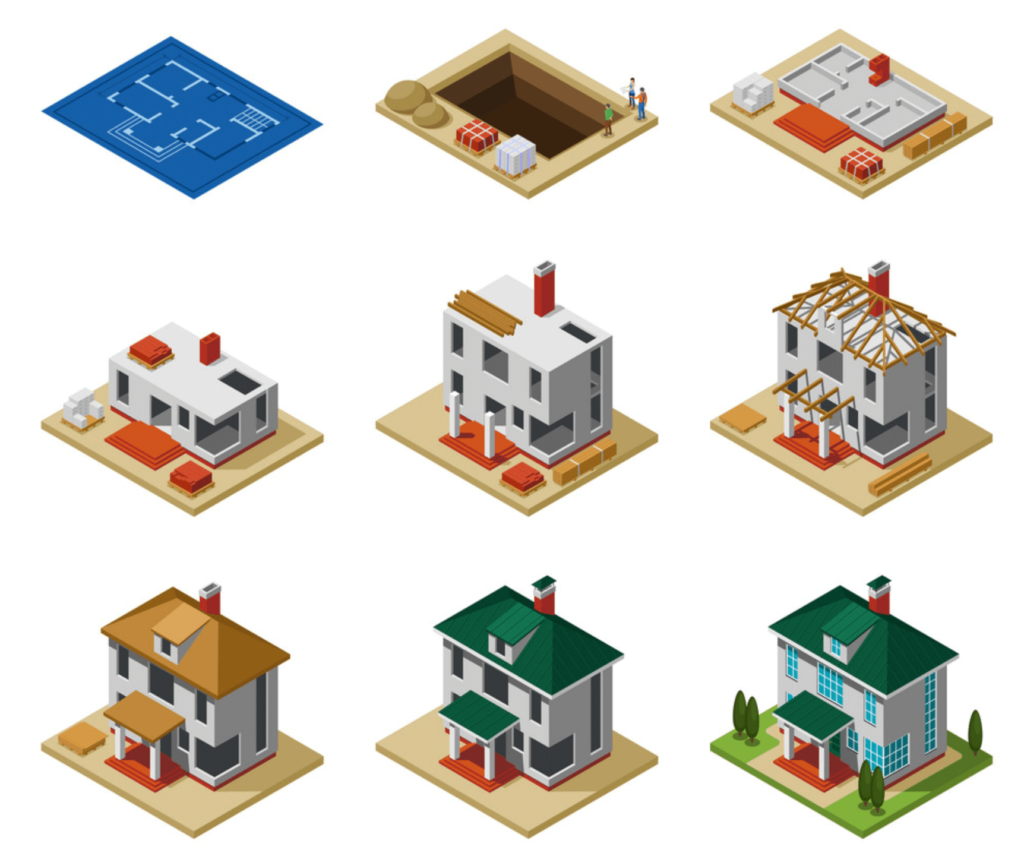
many aspects of residential architecture, including design, layout, functionality, and considerations for different living spaces. Here’s a comprehensive overview to get you started:http://estatenirmannigam.in/
- Introduction to House Maps
Purpose: A house map (also known as a floor plan or architectural plan) is a visual representation of a house’s layout.
Components: It includes rooms, hallways, doors, windows, stairs, and sometimes furniture placement.
Scale and Measurements: Typically drawn to scale, with measurements indicated for accurate representation.
- Types of House Maps
Single-Floor Plans: Showing one level of a home.http://estatenirmannigam.in/

Multi-Floor Plans: Covering multiple stories of a house.
Exterior Maps: Depicting the outside layout, including gardens and driveways.
Interior Maps: Showing just the internal structure.http://estatenirmannigam.in/
- Design Principles
Functionality: Ensuring rooms serve their intended purpose effectively.
Flow: Designing spaces for smooth movement through the house.
Natural Light: Positioning rooms to maximize sunlight.
Privacy: Strategically placing rooms for personal space.
- Key Elements of a House Maphttp://estatenirmannigam.in/

Entryway: Often includes a foyer, setting the tone for the rest of the house.
Living Room: The central gathering space; sometimes open-concept.
Kitchen: Often adjacent to the dining area; can be open or closed off.

Dining Area: Formal or informal, near the kitchen.http://estatenirmannigam.in/
Bedrooms: Private spaces, with considerations for closets and en-suite bathrooms.
Bathrooms: Often spread throughout the house; may include a master bath.

Utility and Laundry Rooms: Functional spaces for appliances and storage
.
Staircases: Connect different floors and influence the house’s flow.http://estatenirmannigam.in/
- Special Spaces
Home Office:http://estatenirmannigam.in/ Increasingly popular for remote work.
Guest Room: Accommodation for visitors.
Recreational Rooms: Playrooms, media rooms, or home gyms.
Outdoor Living: Patios, decks, and gardens.
- Accessibility Considerations
Universal Design: Designing for all ages and abilities.
Wheelchair Accessibility: Wide doorways, ramps, and lift installations.
- Technological Integrationhttp://estatenirmannigam.in/
Smart Home Features: Including automation systems for lighting, security, and climate control.
Energy Efficiency: Considerations such as solar panels and efficient insulation.
- Safety and Compliance
Building Codes: Adhering to local regulations for safety and structural integrity.
Fire Safety: Proper placement of smoke detectors and fire exits.
- Considerations for Customizationhttp://estatenirmannigam.in/
Owner’s Lifestyle: Tailoring the plan to suit daily routines and preferences.
Future-Proofing: Designing with adaptability in mind for future needs.
- Conclusion
A well-designed house map balances aesthetics, function, and the owner’s personal preferences. It requires careful planning and attentionhttp://estatenirmannigam.in/ to detail to create a comfortable and efficient living environment.
To different design choices, pros and cons of various layouts, case studies of specific house maps, and comparisons of traditional and contemporary designs. Additionally, you could incorporate tips from professional architects, historical perspectives